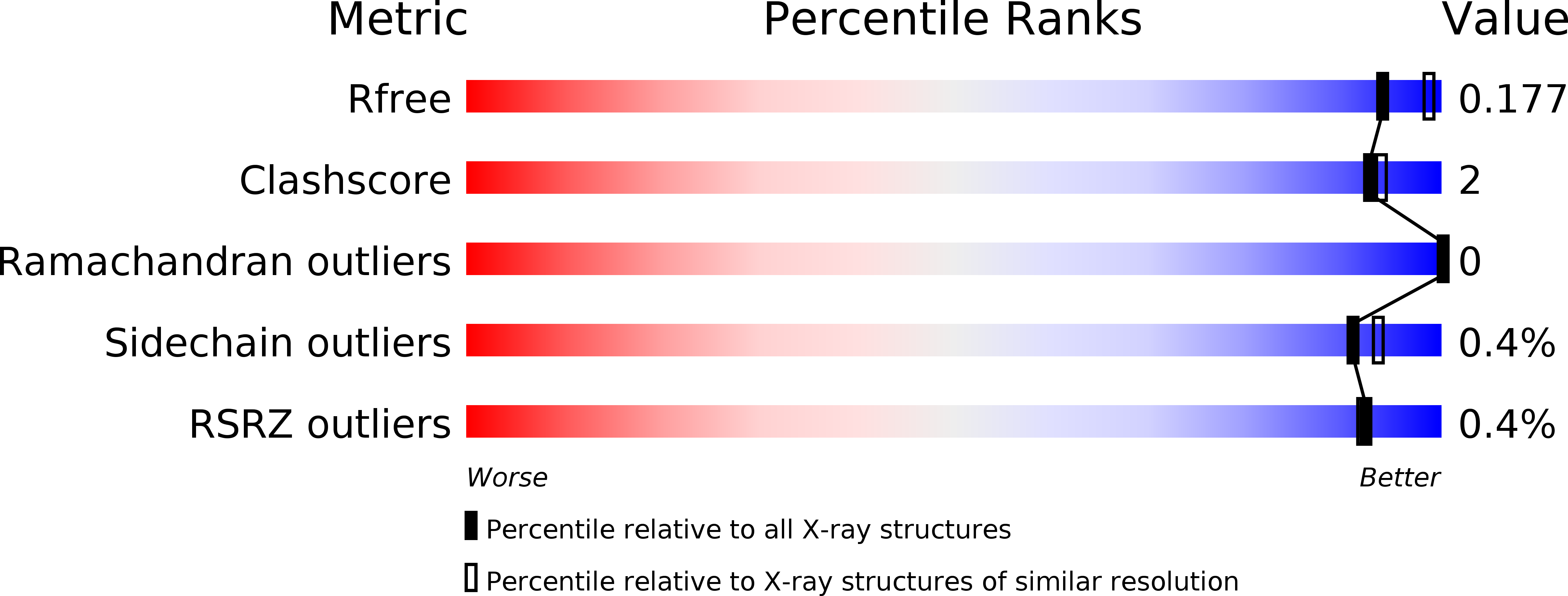
Deposition Date
2018-09-14
Release Date
2019-01-23
Last Version Date
2024-11-20
Entry Detail
PDB ID:
6MGJ
Keywords:
Title:
Crystal structure of the catalytic domain from GH74 enzyme PoGH74 from Paenibacillus odorifer, apoenzyme
Biological Source:
Source Organism:
Paenibacillus odorifer (Taxon ID: 189426)
Host Organism:
Method Details:
Experimental Method:
Resolution:
2.00 Å
R-Value Free:
0.17
R-Value Work:
0.14
R-Value Observed:
0.14
Space Group:
C 1 2 1


